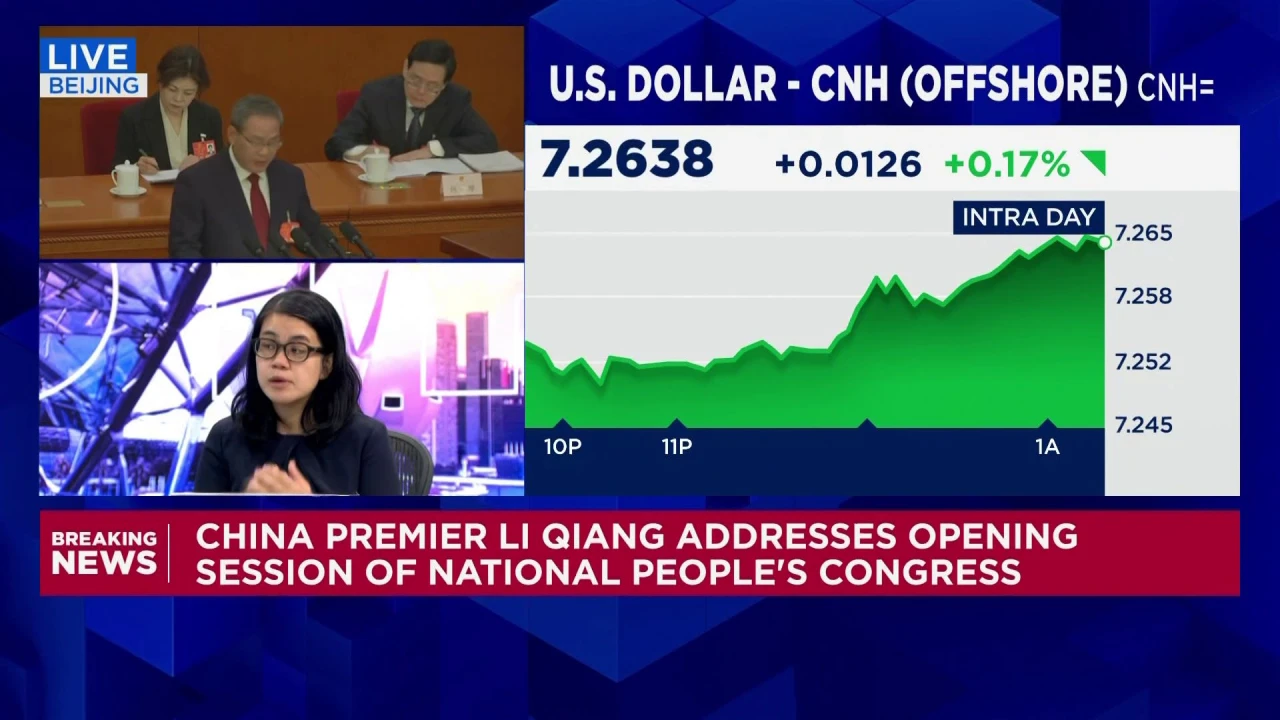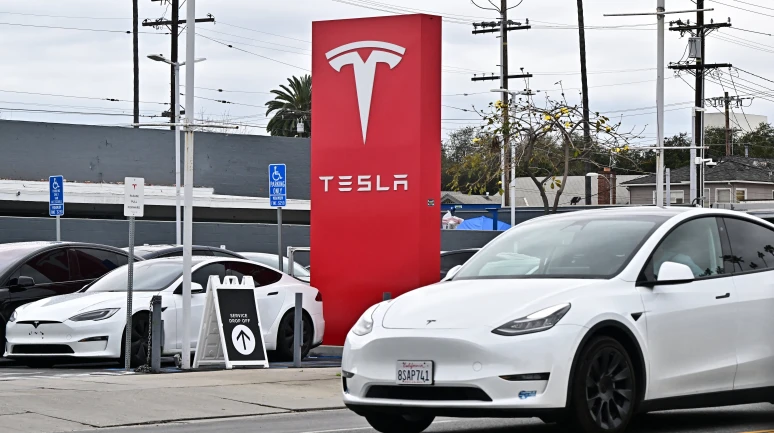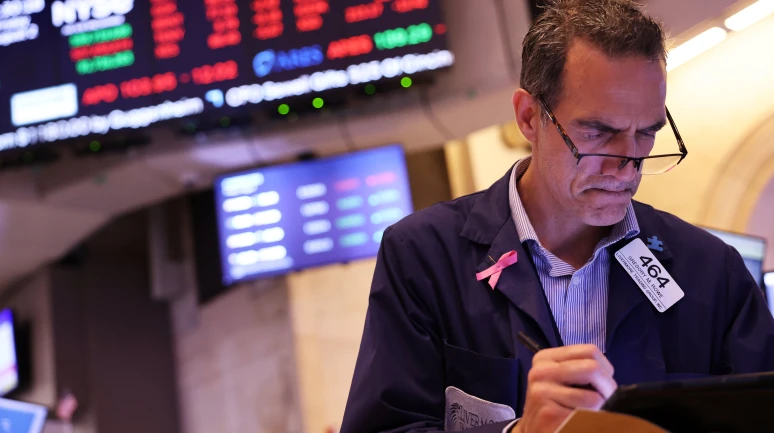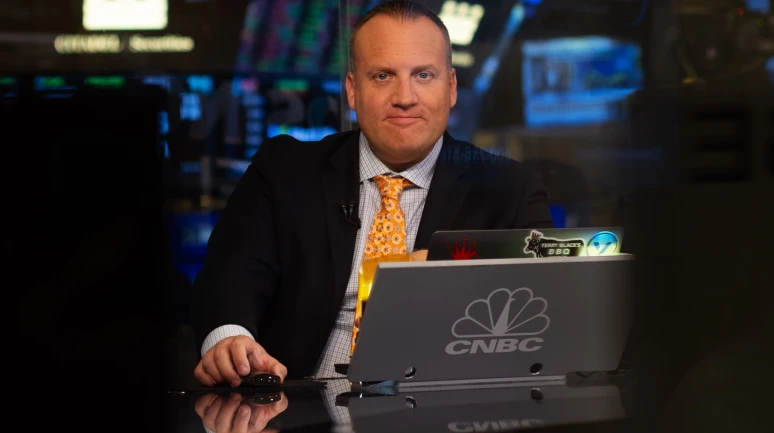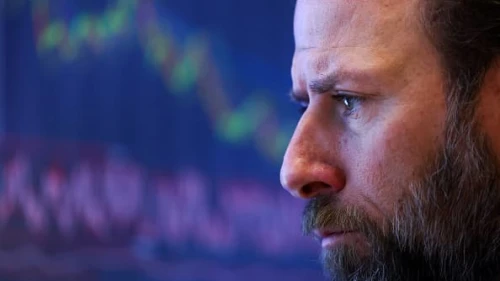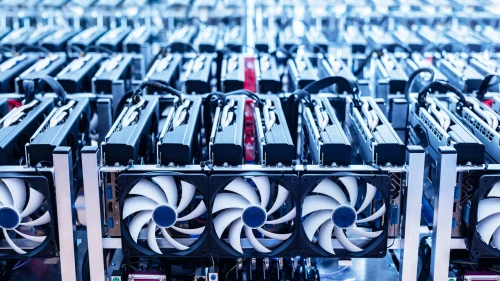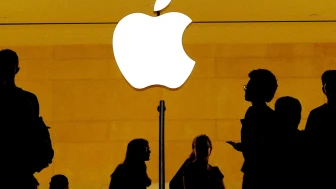China announced on Wednesday that it is increasing its on-budget deficit to 4% of the country's gross domestic product (GDP), marking the highest level since at least 2010. This decision reflects China's efforts to stimulate economic growth and address the challenges posed by the global economic slowdown and the ongoing Covid-19 pandemic.
This announcement comes at a time when China faces challenges from various economic factors. With the ability to adjust fiscal policy, China aims to navigate through uncertainties and support its economy effectively. Minister Lan Fo'an's remarks indicate that China is prepared to take proactive steps to address economic challenges and ensure stability in the face of changing circumstances.
President Trump's Tariff Actions
President Donald Trump recently implemented a second round of tariffs on Chinese products, marking a significant development in the ongoing trade dispute between the two nations. These tariff hikes have added pressure to the already strained economic relationship between the U.S. and China.
During China's annual parliamentary meeting known as the "Two Sessions," a question was posed regarding the country's fiscal policy plans for the year. This inquiry arose against the backdrop of escalating trade tensions between China and the United States.
Beijing's Retaliatory Measures
In response to the escalated tariffs imposed by the Trump administration, Beijing has retaliated by imposing targeted duties and introducing restrictions on American companies operating in China. These retaliatory actions signal China's resolve to protect its economic interests amidst the trade tensions with the United States.
By increasing the deficit, China aims to boost public spending on key sectors such as infrastructure, healthcare, and technology, which are crucial for driving sustainable development and ensuring economic resilience. The move is expected to have significant implications for China's fiscal policy and economic outlook in the coming years, as the country continues to navigate the complexities of the post-pandemic world.

